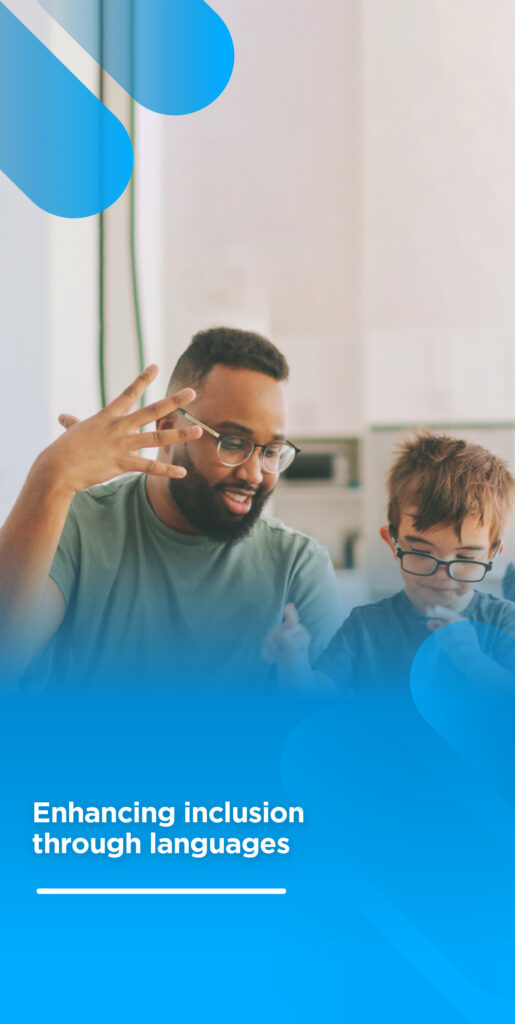
Why Learn ASL?
ASL is not just a language; it’s a bridge that connects individuals across diverse backgrounds. By learning ASL, you gain access to a vibrant community of Deaf and hard-of-hearing individuals, opening doors to meaningful connections and friendships. Additionally, ASL proficiency enhances inclusivity and fosters a more accessible environment in various settings, from schools and workplaces to social gatherings and public spaces.
How to learn ASL?
Getting Started: Tips for Learning ASL
Immerse Yourself: Surround yourself with ASL as much as possible. Watch videos, attend ASL events, and engage with members of the Deaf and hard-of-hearing community. Immersion accelerates learning and helps you become comfortable with the language’s visual nature and grammar.
Take a Class: Enroll in an ASL course, either online or in person. Structured classes provide a solid foundation in ASL vocabulary, grammar, and cultural nuances. Look for certified instructors who are Deaf or fluent in ASL for an authentic learning experience.
Practice Regularly: Like any language, consistent practice is key to mastering ASL. Set aside dedicated time each day to practice signing, whether it’s with a partner, through online resources, or by attending ASL meetups. Practice not only improves your signing skills but also boosts confidence in using ASL in real-life situations.
Use Technology: Leverage technology to enhance your ASL learning experience. There are numerous apps, websites, and online communities dedicated to ASL learning, offering interactive lessons, quizzes, and video tutorials. These resources make learning convenient and accessible anytime, anywhere.
Be Patient and Persistent: Learning ASL is a journey that requires patience and persistence. Embrace mistakes as opportunities for growth, and celebrate small victories along the way. Remember that becoming fluent in ASL takes time and dedication, so stay committed to your learning goals.
Resources for Learning ASL
Online Courses: Platforms like ASL University, SignSchool, and Lifeprint offer comprehensive ASL courses for learners of all levels.
Books and DVDs: Explore ASL textbooks, dictionaries, and instructional DVDs available online or at your local bookstore.
Community Centers: Many community centers and libraries offer ASL classes and resources for learners.
Deaf Events and Meetups: Attend Deaf events, ASL meetups, and cultural festivals to practice signing and immerse yourself in the Deaf and hard-of-hearing community.
Closing Thoughts
Learning American Sign Language is a rewarding journey that goes beyond acquiring a new skill—it’s about fostering connection, understanding, and inclusivity. Whether you’re communicating with Deaf friends, colleagues, or strangers, proficiency in ASL enriches your interactions and brings people closer together.
Join us in embracing the beauty of ASL and unlocking new avenues of communication and connection. Together, let’s bridge gaps, break barriers, and celebrate the rich diversity of human expression through language.
Happy Signing!
#How to learn ASL? Language Solutions Team is here to help with your project 🌍. Feel free to contact us at any time, We are glad to assist you 🤓



